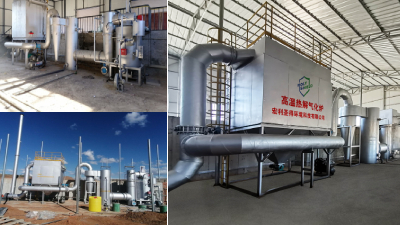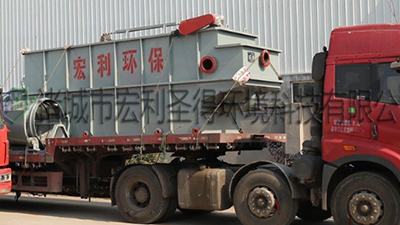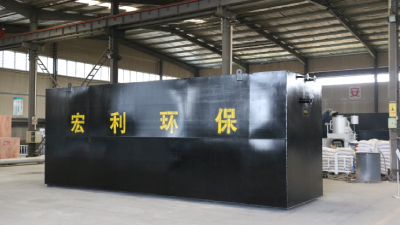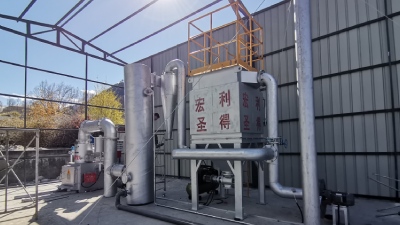



The animal waste incinerator is composed of four major systems: waste pretreatment system, incineration system, smoke biochemical dust removal system and gas generator (assisted ignition incineration).With automatic feeding, screening, drying, incineration, cleaning, dust removal, automatic control functions.
Environmental protection level: High-tech measures such as high-temperature combustion, secondary oxygenation, and automatic slag discharge are adopted, and the exhaust emission reaches relevant environmental protection standards such as no black smoke, no peculiar smell, and no large particle dust.

(*animal waste incinerator of holy shield)
Operation steps of animal waste incinerator:
1. Inject fuel, turn on the power supply, start the combustion-supporting switch, the temperature in the furnace reaches the spontaneous combustion temperature, put the diseased livestock and poultry carcasses and their products into the furnace, turn off the combustion-supporting switch, and activate the spontaneous combustion switch. The diseased flesh remains in a spontaneous combustion state and cannot be cut. The corpses of diseased livestock and poultry are put into the incinerator as a whole, the spontaneous combustion switch is activated, and the corpses spontaneously ignite until they are completely carbonized.
2. Whole corpse incineration: The corpses of diseased livestock and poultry that cannot be cut are put into the incinerator as a whole, the spontaneous combustion switch is activated, and the corpses spontaneously ignite until they are completely carbonized.
3. Divide and incinerate the carcass: The diseased meat that is allowed to be divided is put into the incinerator after being divided, and the spontaneous combustion switch is activated, and the meat is spontaneously ignited until it is completely carbonized.
4. Incineration of organs: The organs of diseased livestock and poultry are put into the incinerator as a whole, and the combustion-supporting switch is activated, so that the organs are burned in the combustion-supporting state until they are completely carbonized.